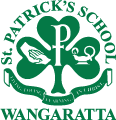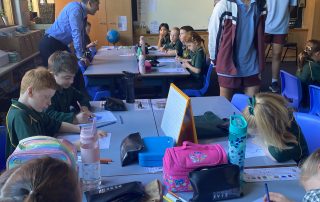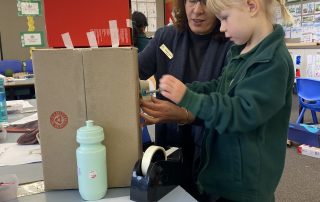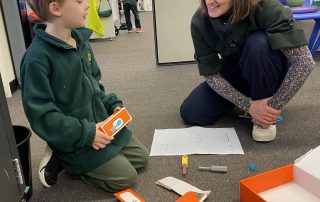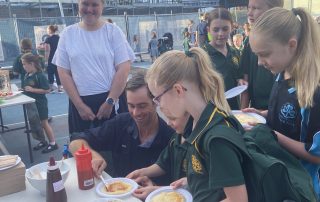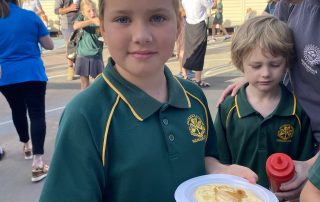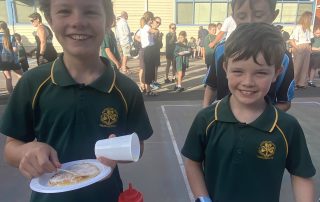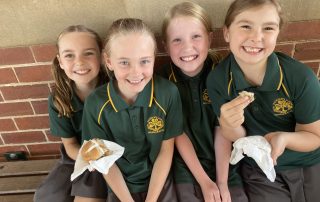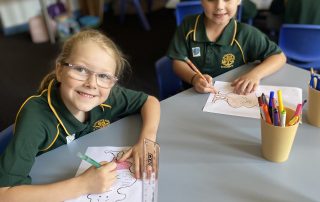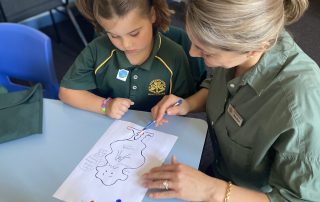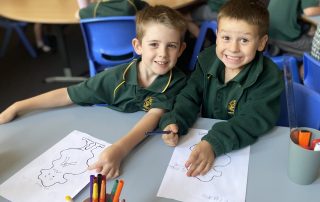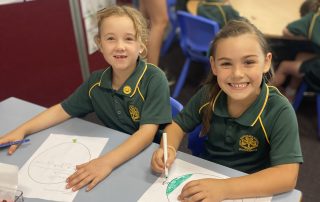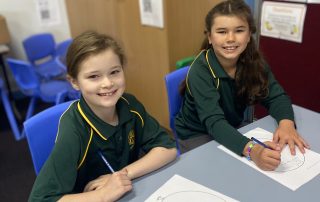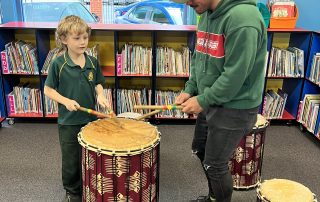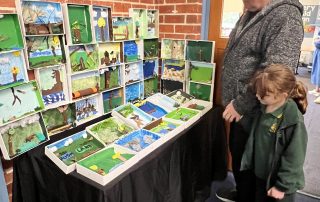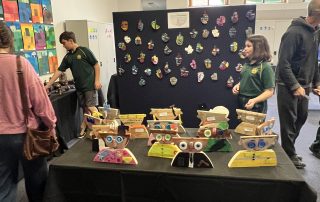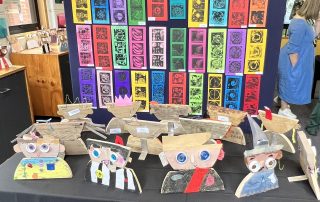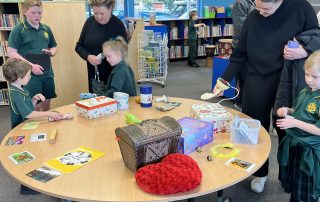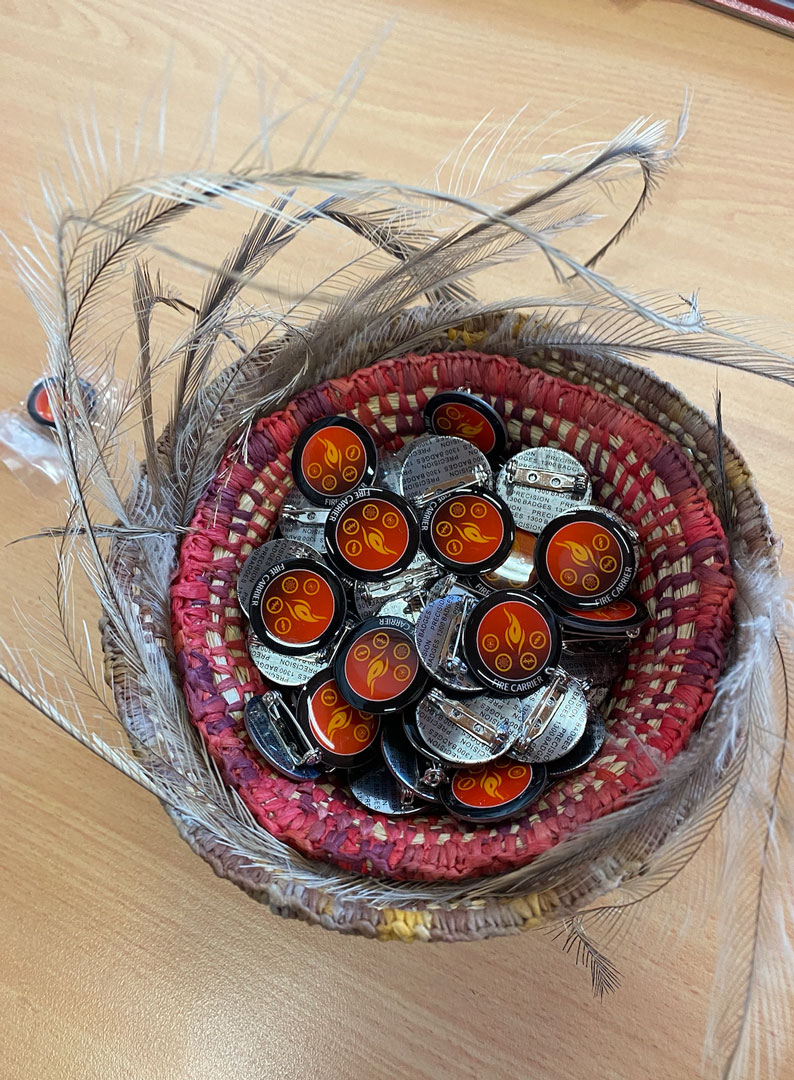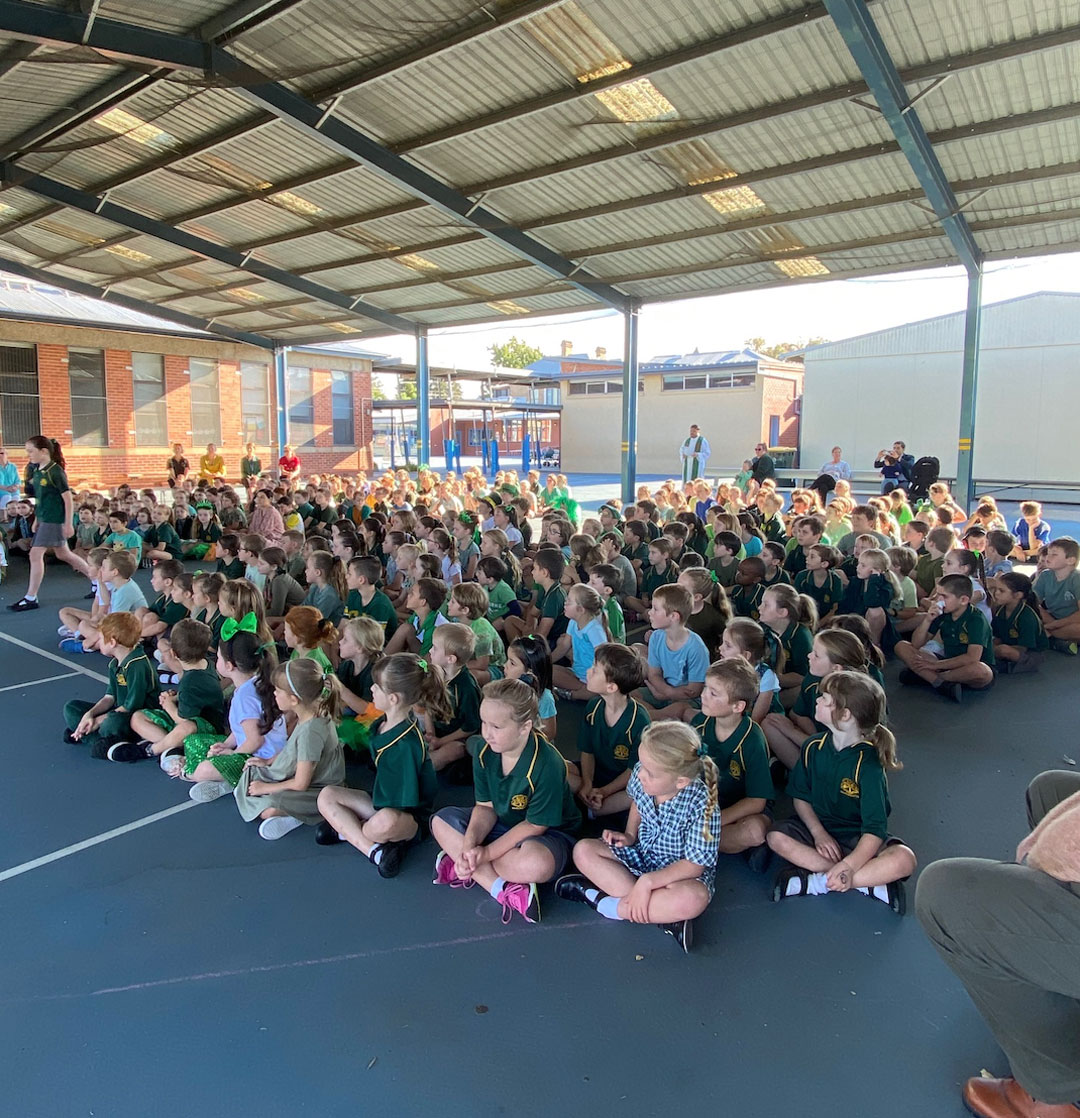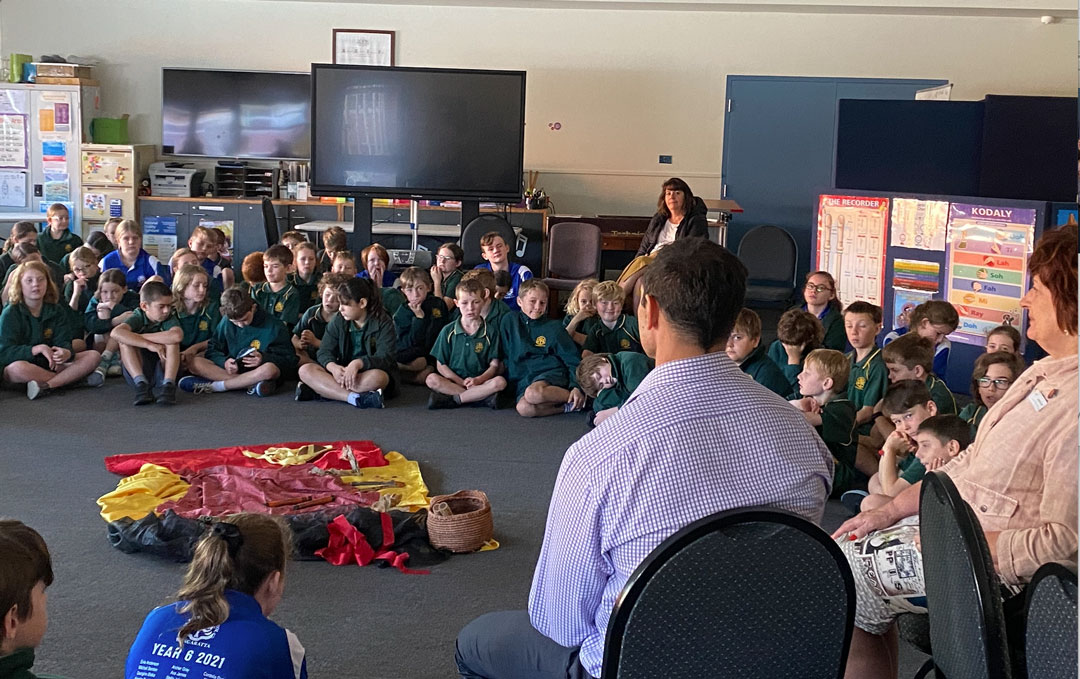Educational Philosophy
Our educational philosophy is enacted through our teaching and care for students. To provide a school community that draws on the traditions of the Brigidine Order, that celebrates life, reaches out to others and actively cares for our world.
We have a student centred approach which ensures the learning needs of every student is met. Continuous formative assessment is used collaboratively to guide the ‘where to next’ for student learning. Engaging learning tasks are developed using an inquiry based approach and evidence based resources to enhance student engagement and motivation in their learning. The FISO instructional model is implemented throughout the school (Vic Dept.Ed, 2000).
The integration of ICT and software is throughout all learning areas to enhance learning and ensure our students become global citizens. The throughlines of First Australians Education and the Source of Life strands ensure our students are educated on the truthful history of our First Australians and experience the spiritual growth provided through the Witness of Christ.
Leader of Teaching and Learning
The leader of teaching and learning is responsible for working collaboratively with the teaching group to ensure a viable and guaranteed curriculum is delivered to all learners. The Victorian Curriculum guides the learning outcomes of the curriculum, however it is through analysis and evaluation of student learning that the classroom curriculum design is driven.
The teaching and learning leader supports teachers through providing: challenging goal setting and feedback through coaching and Professional Learning Communities; organising timely and relevant professional learning to support curriculum design, pedagogy and assessment; and providing opportunities for teachers to collaboratively observe lessons and share expertise.
The teaching and learning leader also works in the learner diversity space providing classroom support. This role allows students’ individual learning needs to be addressed through differentiated curriculum, 1:1 interventions and other adjustments which provide all learners access to the curriculum.
Curriculum
Technology Program
Core Generalist:
Specialists:
Programs:
Assessment and Reporting
The school follows a whole school assessment schedule with includes both formative and summative assessments. NAPLAN data is analysed and evaluated to inform strategic planning. School reports are provided semesterly following VRQA guidelines. Parents are offered two formal Parent-Teacher Interviews yearly as well as the opportunity for informal conversations regarding student learning.
Learner Diversity
At St Patrick’s school we have one person who oversees the students needs for their learning outcomes. Students who have a disability (social/emotional, cognitive, physical or sensory) will have a personal learning plan which allows the student to access the curriculum. A Parent support group meeting is held each Term to monitor and evaluate the students achievements using SMART goals.
The Disability Standards for Education 2005 require that all Australian schools:
The Learner Diversity person also liaises with the Catholic education office, OT’s, Speech Pathologists and Psychologists. They work closely with staff to ensure students specific needs are being met.
